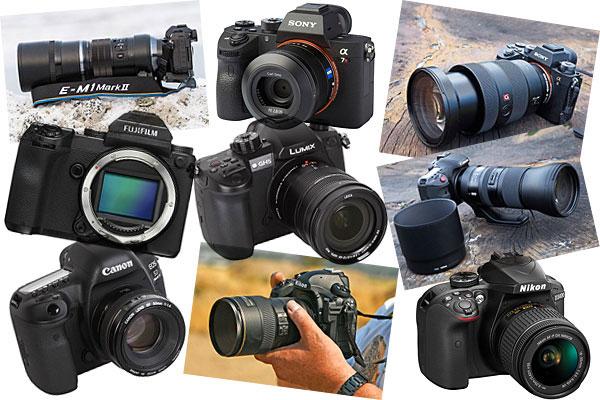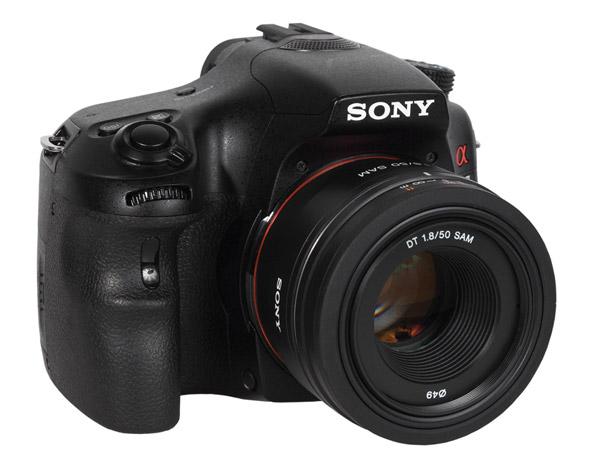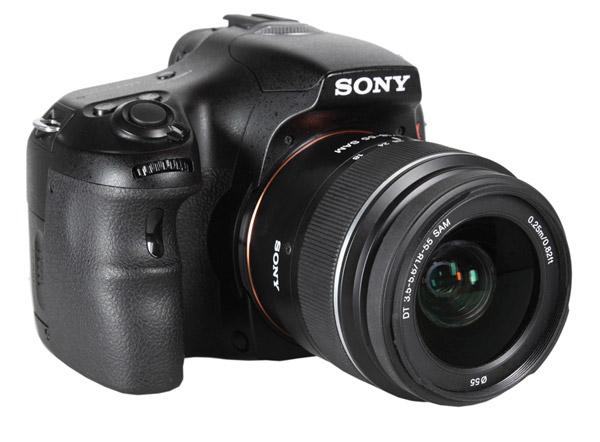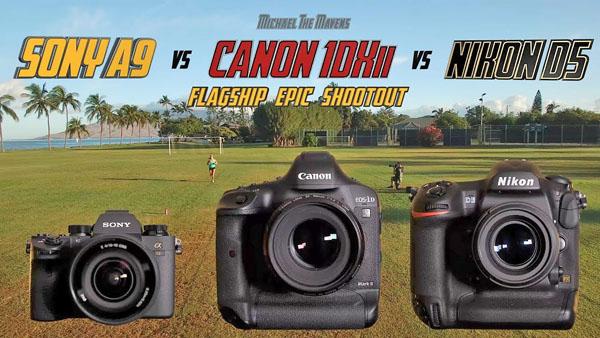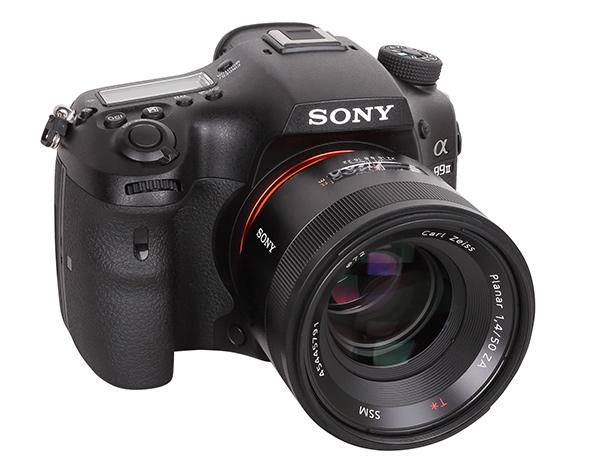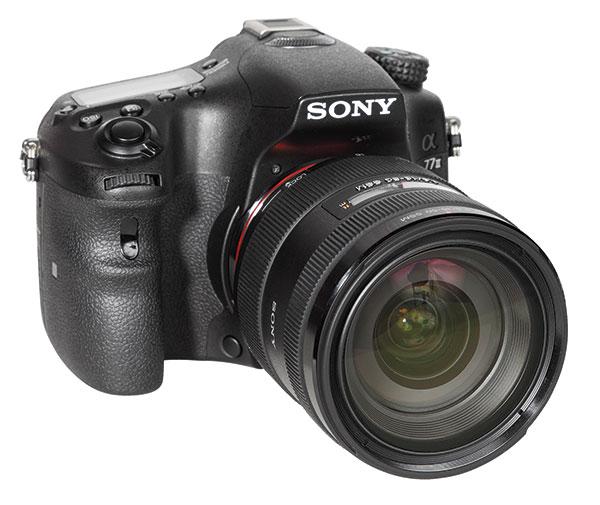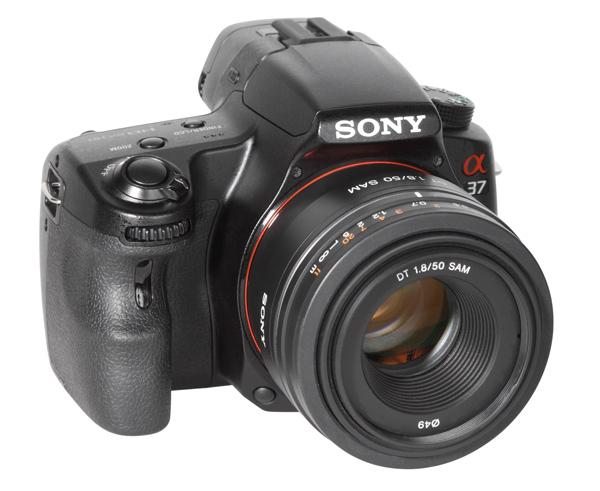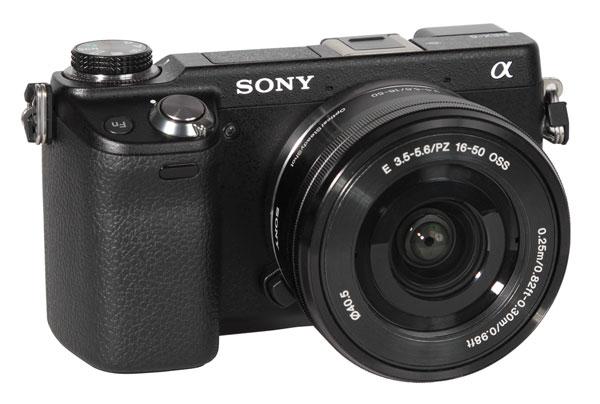DSLR Reviews
Sort By: Post DateTitle Publish Date
|
Sep 01, 2006 |
|
Apr 05, 2016 |
|
May 01, 2008 |
|
Jan 18, 2013 |
First Published: Dec 01, 2012 |
|
Jun 22, 2012 |
First Published: May 01, 2012 |
Sony A9 vs. Canon 1D X Mark II vs. Nikon D5 Shootout: Which Flagship Camera Is Best for You? (VIDEO)
|
Sep 01, 2017 |
|
Apr 18, 2013 |
First Published: Mar 01, 2013 |
|
Jun 14, 2013 |
First Published: May 01, 2013 |



